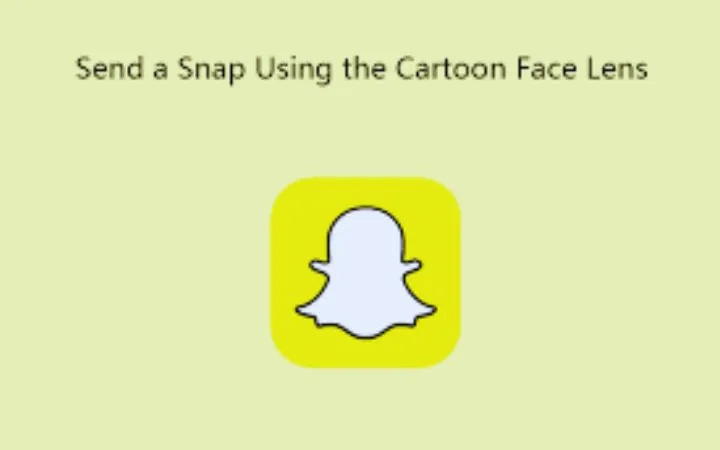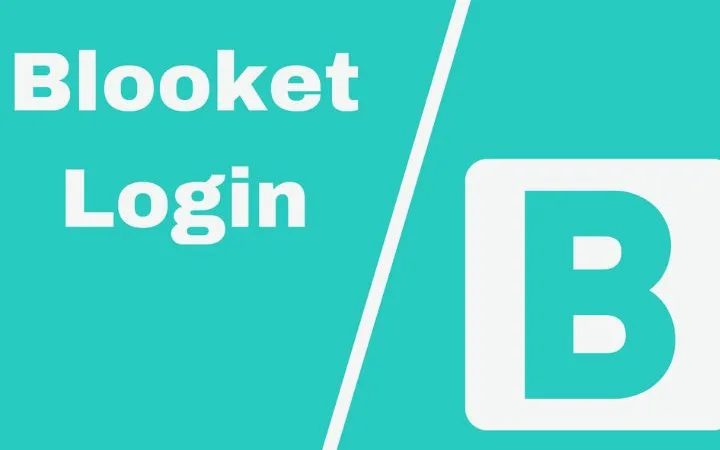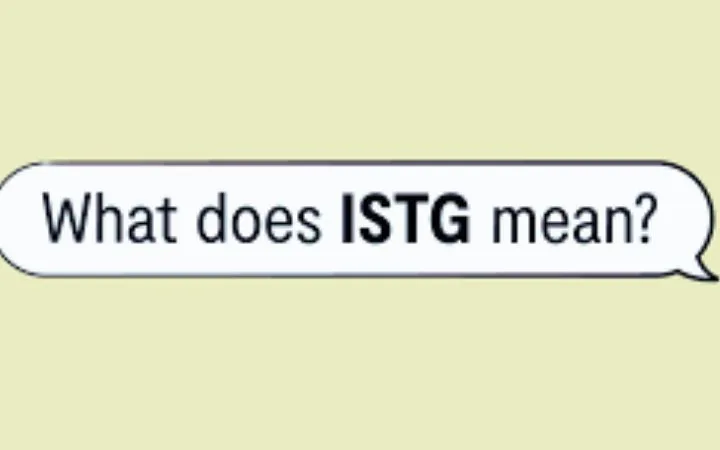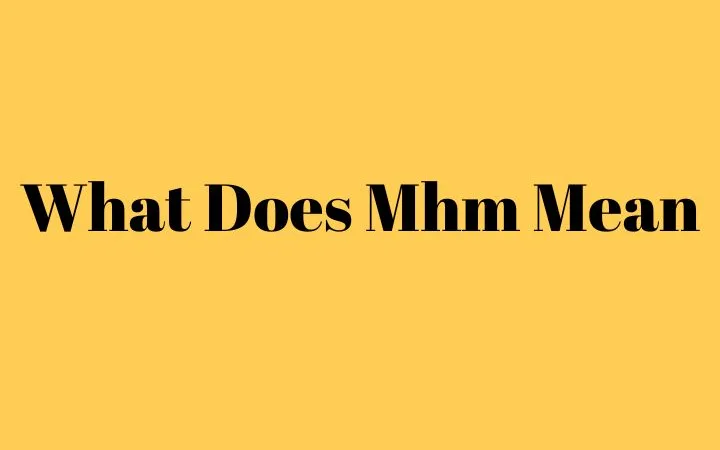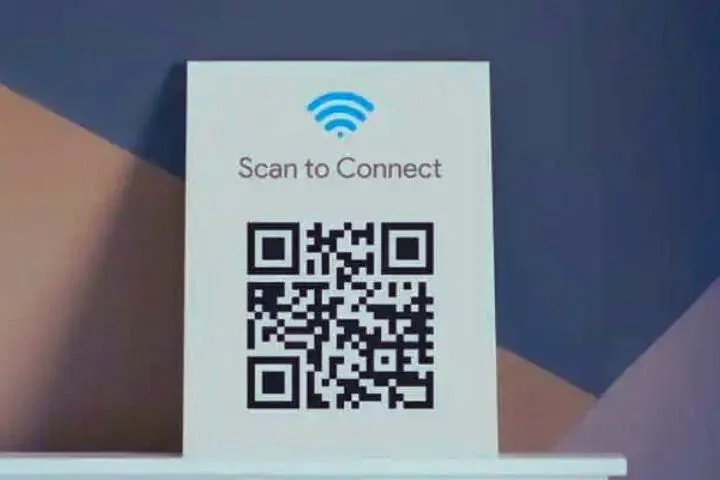5 Programming Languages You Should Learn In 2021

Paradigma Digital has published the 5 most disruptive programming languages that will change the software industry and how they can help the digitization of companies. Well, it is estimated that there are a total of 600 programming languages, of which barely a dozen are known, despite their importance and the direct impact that digitization can have.
- Python: allows you to do more with less with Big Data . Paradigma experts agree that it is one of the languages with the most future due to the amount of advantages it provides, starting with a very simple syntax that can be understood even without knowing how to program, having a very fast learning curve.
In addition, it has one of the largest communities of programmers who share code and libraries for any aspect that a company needs and allows to develop in very few lines of code what in other languages would be hundreds, so its time-to-market it is second to none.
It is an all-terrain language with countless applications for both Cloud development, desktop applications, scripting, home automation and in what has grown the most in recent years: in the world of Big Data and Data Science, as many scientists and mathematicians have found in Python is a high-performance language where you can apply your algorithms in an agile way.
- Go: to streamline the transition to the cloud. Despite being a very new language (2009), being supported by Google is one of the languages that is expanding the fastest, occupying position 13 in the PYPL index and increasing positions every month. It has a syntax similar to C but infinitely simpler. Its use in the US does not stop growing, as does its community. It is still having a hard time entering the market, since companies are reluctant to change, due to a lack of developers who have extensive experience with this language.
- Dart: the same code to unify apps and platforms. Created by Google as an alternative to Javascript and inspired by languages like C #, Java or CoffeeScript, Dart allows you to create client-side applications. But it was not until 2017 when its use has increased thanks to the launch of its Flutter framework, which allows you to create web, desktop and mobile applications (both iOS and Android) using the same code for all platforms.
- Java: the safe bet everywhere for microservices. Java does not have the fastest learning curve, in theory, but large companies use it and the vast majority of programmers have known it since university. Thanks to a large community and frameworks such as Spring, developing microservices architectures in this language is not only very fast to learn, but it also enjoys being one of the best options for this type of architecture, so popular in recent years, as it provides starters of empty containerized mics from which to start.
Java also has one of the best solutions for streaming systems, events and, as if this were not enough, it is the language used in the highest percentage for Android mobile applications. Let’s not forget that Java allows you to develop desktop and microcontroller applications.
- JavaScript: a multipurpose tool for websites, drones, smartwatches or going into space. It is the most popular language, with a very heterogeneous community and with a number of frameworks to develop that make its uses almost infinite.
In addition, together with Node.js, it allows you to develop back-end applications, not to mention the multitude of tools with which to create hybrid applications that the same code serves, both for web and iOS and Android applications. In addition, with JS you can also develop desktop applications, microcontrollers, drones and smartwatches.
Also Read : All You Need To Know About Robot Vacuum Cleaners

